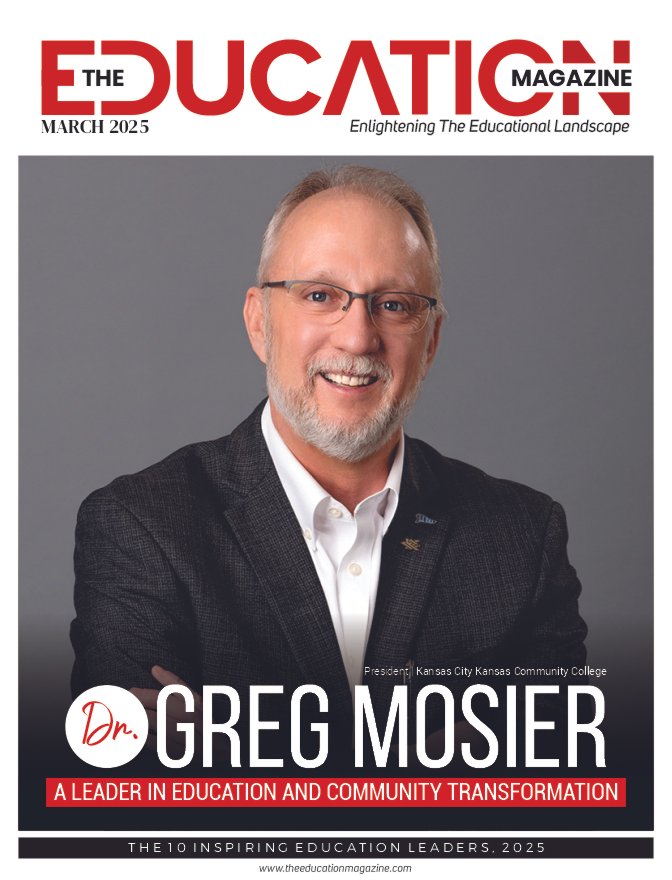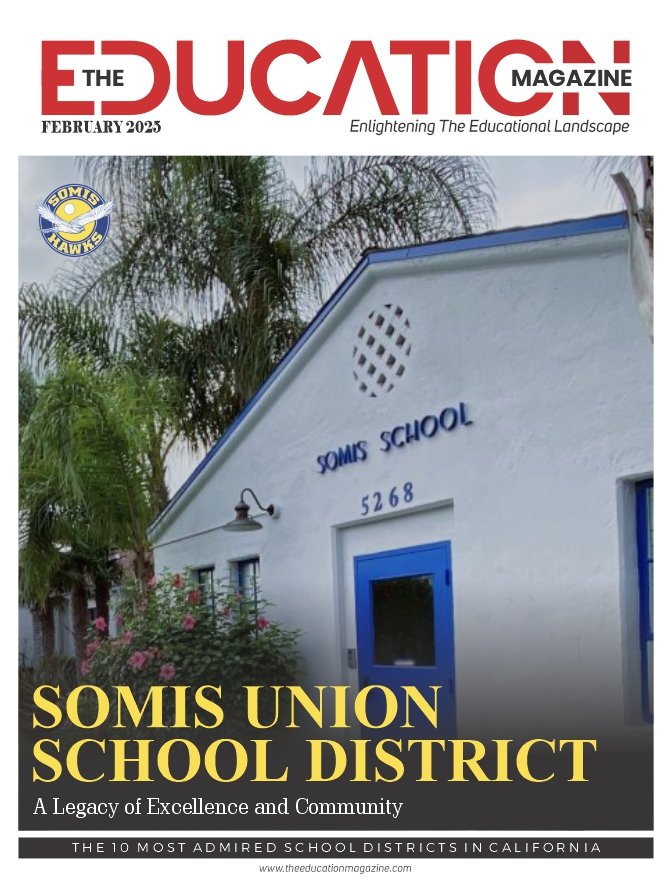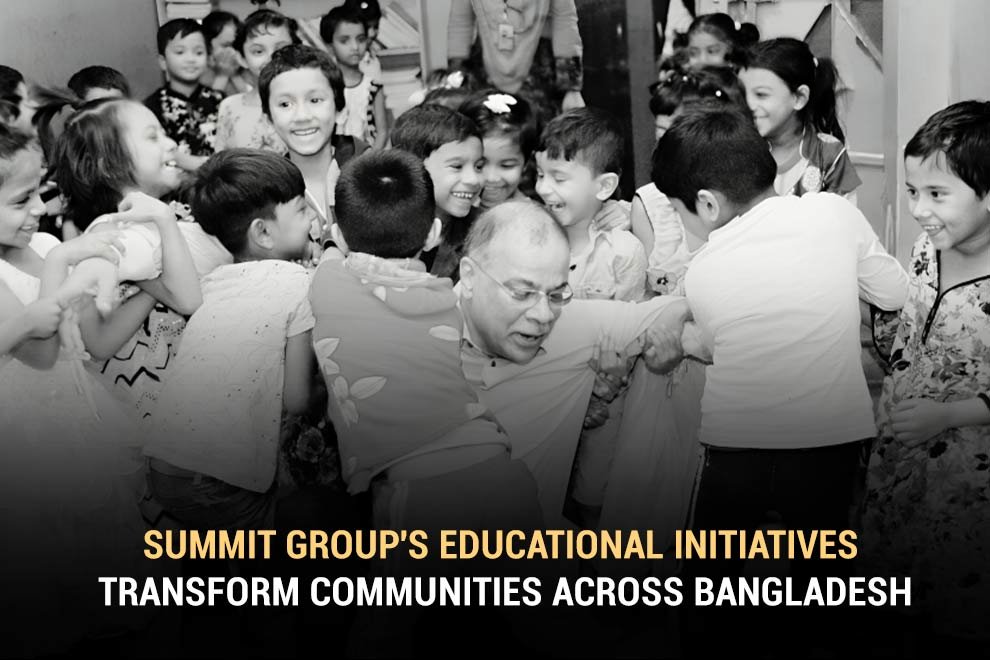Higher education systems are evolving for many reasons. Increasing globalization and internet access are major factors. The Covid-19 pandemic accelerated the adoption of online learning. The workforce is undergoing a huge transformation as many employees now work remotely. Students are facing a future where different types of jobs will be available. The skills they need will be different too. Educational leaders are seeing a great need to restructure traditional systems. Alternative education models are usually more student-centric. They are more flexible, accessible, and embrace vocational training.
Online learning
Affordable education is a big challenge for students today. Many graduates have crippling student loan debt. Massive open online courses (MOOCs) are making a difference. They offer those who can’t afford to go to college a low-cost way to get an education. Besides free education, there are many affordable online courses and degrees.
Anyone from all over the world can access them. Current studies show that the knowledge students get by learning online is just as comprehensive and relevant as from traditional college courses. Online learning is particularly convenient if students have a job or caregiving responsibilities.
It can be difficult for students to work and study at the same time. They may have homework assignments that they don’t have time to do. Online paper services can help to get homework done for you through external help. Students can reach out to the perfect assignment expert, no matter what subject they need help with. They can give comprehensive instructions and get as many free revisions as they need. Their request for help will be met within the specified deadline.
Combining academics with on-the-job training
The common route for students to pursue after high school is to go to college but the tide is shifting. A “dual education” model that combines academic structures with on-the-job training is emerging. This helps students to learn the practical skills they need to succeed today. Large, prestigious companies are signing contracts with school leavers. They study and do on-the-job training at the same time. This model enables them to put their academic knowledge into practice right away.
Community colleges
Community colleges are public colleges that offer a two-year education. They can provide a great way for students to experience higher education before doing a four-year degree. However, they usually offer a broad range of programs so students can skip going to university altogether.
The costs are affordable and students can usually stay at home and attend a local college. Scheduling is flexible and may include asynchronous coursework and night classes. This makes them a good option for people who have part-time or full-time jobs.
Some students would rather learn a trade
Going to college is not right for everyone. Some students don’t have academic aspirations. Matching these students with vocational education could be most effective for their career aspirations.
A trade school trains students for a specific trade. For example, a welding trade school trains students in a setting that prepares them to be welders. There are many different trade schools that develop the technical abilities of students. Some schools offer training in various different trades from mechanical trades to allied health.
In the U.S. there are already hundreds of trade schools and trade-specific universities. Businesses need to take advantage of these resources. Some forward-thinking businesses are starting to forge partnerships with trade schools. Doing so helps them to find employees with the skill sets they need.
Internships and mentoring programs
Internships are very popular today. They offer crucial hands-on experience for students. Universities are increasingly involved in arranging internships for their students. In an internship, students do meaningful, practical work related to their field of study. They have the opportunity to learn new skills and explore their career options.
Universities may also offer structured and formalized mentoring programs. These can shorten the learning curve for students. Experienced alumni and other qualified experts teach students how to apply their knowledge in practice.
Future models
One model institutions could consider in the future is micro-colleges. A micro-college is made up of one faculty and about 20 students. Thousands of micro-colleges are built around a learning community and have strong connections with one another. Learning takes place through seminars, self-paced courses, tutorials, and peer-to-peer learning. The idea is to create learning ecosystems.
Another possible future model is that of a “nomad university”. Students and teachers travel around the globe and learn as they go. They engage in different projects on their travels. This could be anything from irrigation projects to community health initiatives.
Conclusion
A college degree no longer guarantees a good job. Stronger bridges must be built between educational institutions and employers. This will help to ensure that students don’t just acquire academic knowledge. They need hands-on, practical experience to succeed in today’s job market. Education models of the future must ensure that students are well-equipped for the world of work.
ALSO READ: How to start online teaching Career: Calculative and Constructive Guide










